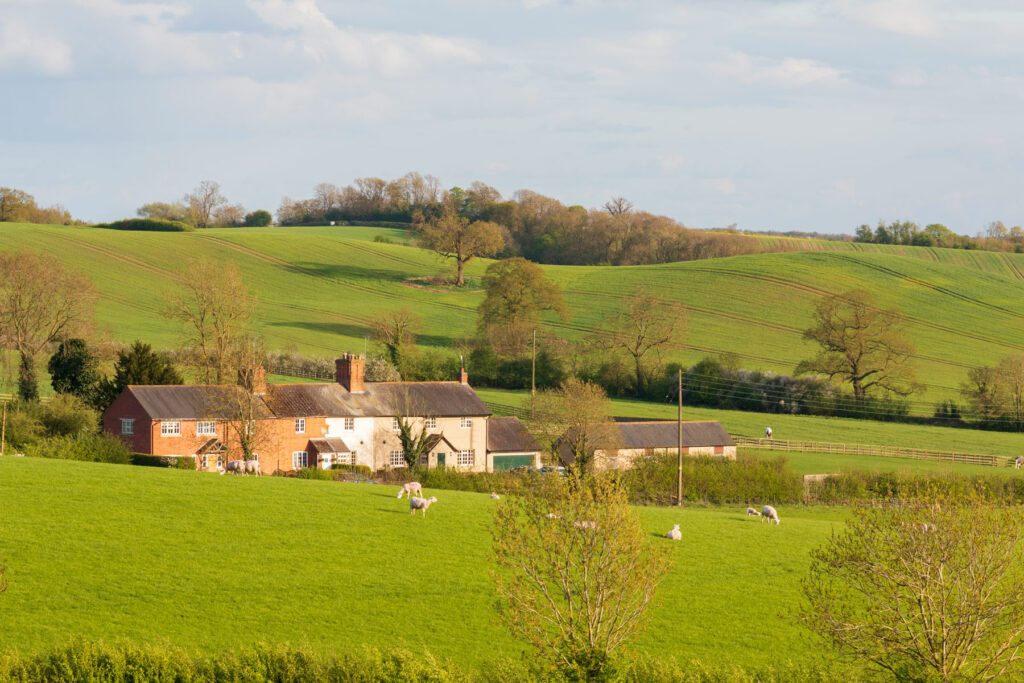Author
On 27 February 2025 the Government published its eagerly awaited consultation document on the proposed reforms to Agricultural and Business Property Relief (APR and BPR) from Inheritance Tax (IHT). The consultation provides some much-needed clarification on the new rules and will be welcomed by taxpayers looking to utilise the “window of opportunity” between now and 6 April 2026, when the new rules come into effect.
The consultation closes on 23 April 2025. The Government will then publish a response document and carry out a technical consultation on draft legislation for the changes later this year.
The proposals remain largely as anticipated and previously discussed (see our article: Autumn Budget 2024: Agricultural Property Relief and Business Property Relief), with some additional details, clarification and case studies to illustrate how the new rules will work in practice.
Broadly, the main points from the consultation are as follows:
- It has been confirmed that the £1 million allowance will only be reduced by property that qualifies for 100% relief (referred to as ‘qualifying agricultural and business property’). Any property which qualifies for 50% relief (which will include AIM shares from 6 April 2026) will not contribute towards the allowance.
- There will be two separate £1 million allowances for individuals and trustees.
- An individual’s £1 million allowance will refresh every seven years on a rolling basis, in a similar way to how the Nil Rate Band (NRB) applies to lifetime charges and chargeable transfers on death. This means that an individual can settle £1 million of qualifying agricultural and business property into trust every seven years without incurring an immediate entry charge to IHT or utilising their NRB.
Where an individual has an available NRB, they can settle up to £1.65 million of qualifying agricultural and business property into trust every seven years without triggering an entry charge to IHT. (The first £1 million will get 100% relief thanks to the allowance and the remaining £650K will get 50% relief, leaving £325K subject to IHT, which is covered by the NRB.)
- PETs and chargeable lifetime transfers made before the Autumn Budget (30 October 2024) will be subject to the old rules and will not be brought into cumulation for the purposes of determining an individual’s available £1 million allowance for chargeable transfers of qualifying property arising after that date.
- As originally proposed, the £1 million allowance is not transferable between spouses or civil partners.
- Qualifying agricultural and business property settled into a relevant property trust before 30 October 2024 will be brought into the new regime on the trust’s next ten-year-anniversary charge which falls on or after 6 April 2026. Any distributions of qualifying property made from such trusts before 6 April 2026 will not incur an exit charge. These trusts will each have their own £1 million allowance even if the settlor transfers further qualifying agricultural or business property to more than one of these trusts.
- There will be a single £1 million allowance for trustees where a settlor has transferred qualifying agricultural or business property into multiple relevant property settlements on or after 30 October 2024, which will apply when calculating the relief available on ten-year-anniversary and exit charges.
The allowance will be allocated on a chronological basis, with priority given to the first settlement. For example, if a settlor sets up a trust holding £1 million of qualifying property in 2025 and then sets up another trust holding £1 million of qualifying property in 2033, the 2025 trust will get the benefit of the £1 million allowance for the purposes of exit and ten-year-anniversary charges and there will be no allowance available for the 2033 trust, which will be subject to 50% relief on its qualifying property.
The settlor will, however, be able to use their own individual allowance to avoid an immediate entry charge to IHT when transferring qualifying property to both trusts as their individual allowance refreshes every seven years.
- The £1 million allowance for trusts will refresh every ten years. This means that where a settlor has created only one trust holding £1 million of qualifying agricultural and business property and no distributions are made from the trust, no IHT will be payable on each ten-year anniversary charge (assuming the market value of the qualifying property remains below £1 million). When qualifying property is distributed from a trust, this will reduce the allowance which is available at the next ten-year-anniversary charge until the allowance is refreshed during the next ten-year period.
Where a trust contains qualifying property worth more than £1 million, the first £1 million will benefit from 100% relief against ongoing trust charges, with 50% relief thereafter.
- There are special rules for age 18 to 25 trusts for bereaved young people, where beneficiaries will take their share of the trust assets no later than age 25. Each young person who benefits from an age 18 to 25 trust will receive their own £1 million allowance for 100% relief to be used against the IHT exit charge when their share of the funds are distributed.
- For Qualifying Interest in Possession (QIIP) trusts, the £1 million allowance for individuals will apply to qualifying agricultural or business property held in a QIIP trust where the person with the interest dies on or after 6 April 2026. The allowance will be apportioned between the qualifying agricultural or business property within the trust and their estate at death.
- From 6 April 2026 the option to pay IHT by equal annual instalments over ten years, interest-free, will be extended to cover any property which qualifies for APR or BPR at whatever rate.
- The Government is consulting on whether to extend the existing rules for valuing ‘related’ property from 6 April 2026 so that qualifying agricultural or business property settled by the same settlor across multiple trusts can be connected for valuation purposes. This would result in higher ten-year-anniversary and exit charges if valuing the property together (across multiple settlements) gives a higher value than valuing it separately within each settlement.
Conclusion
Whilst many business owners and landowners will have already started reviewing the impact of the proposals on their succession plans, the consultation document helps to make the position clearer. We will, however, need to wait for the Government’s response to the consultation document and the draft legislation later in the year before we know exactly how the proposals will work in practice.
Please contact a member of our Tax, Trusts & Succession team for more information and formal advice.
Author
Michelmores Property Development Club
The Michelmores Property Development Club (PDC) is a forum for developers and property professionals to connect and share knowledge. The Club is celebrating its 22nd...
Michelmores Property Awards
Celebrating the best of property, development and construction in the South West The Michelmores Property Awards celebrate the best property, development and construction projects in...



